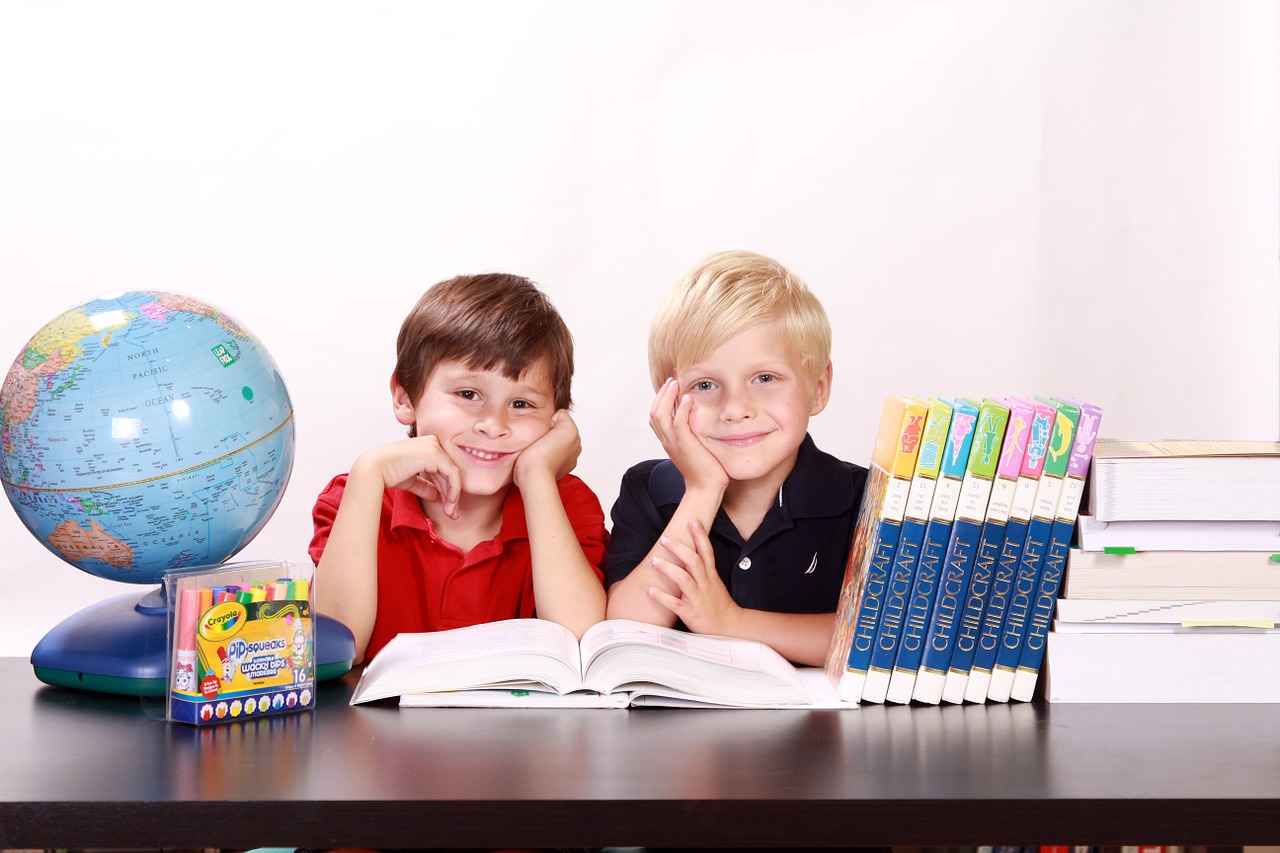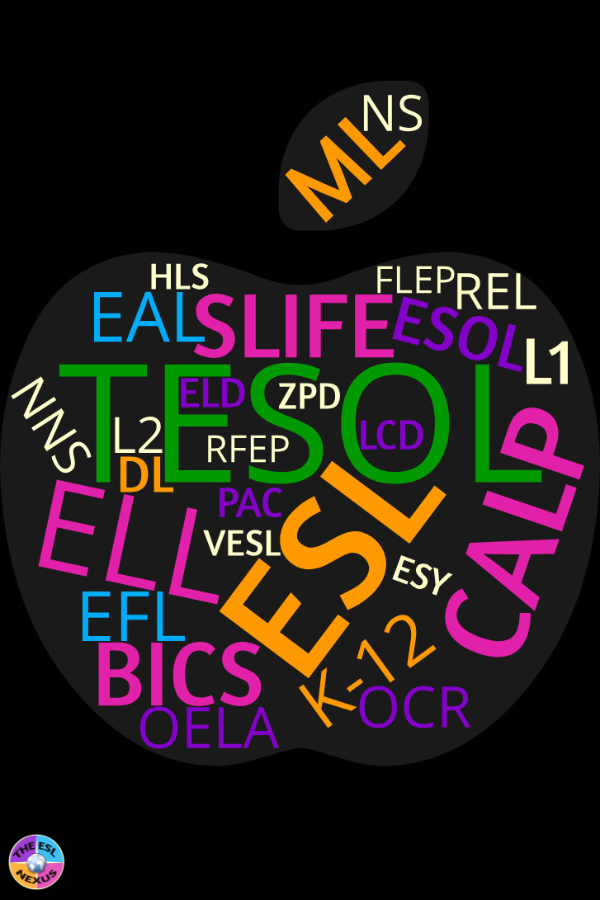Playing versus learning: Is that a dichotomy? A lot of people seem to think it is, as evidenced by the movement–which in itself is a paradox, since they’re not actually getting up and moving around but rather sitting quietly in chairs at desks–to get children in kindergarten reading and writing by the end of the school year. In too many kindergarten classrooms, academics have taken the pleasure out of learning.
I vaguely remember snack time and nap time when I was in kindergarten, but not much else. I also remember that I learned to read in first grade, not kindergarten. But nowadays, there are lists of sight words six year olds are supposed to know and they’re supposed to be able to count to one hundred. Kindergarten is the new first grade. If students don’t learn how to read, write, and count, they can be at risk of retention and repeating kindergarten. This is especially detrimental for ELLs, many of whom enter kindergarten not knowing any letters of the alphabet, in sharp contrast to their native English-speaking classmates, who do.
 |
| School kids; source: Pixabay |
There has been a backlash against making kindergarten so academically oriented. A recent article in The New York Times encapsulates the discussion nicely and points out that other countries do not emphasize academics in the early grades like the U.S. does. Since the original impetus was because some decision-makers felt the U.S. was falling behind other countries educationally, this is ironic to say the least.
Good teachers have always found the balance between fun and work so children finish their first year of school in an excited and eager frame of mind with positive thoughts about first grade. It should be obvious that children can be learning while they are playing and I hope the policy-makers and politicians rewriting NCLB remember that.




